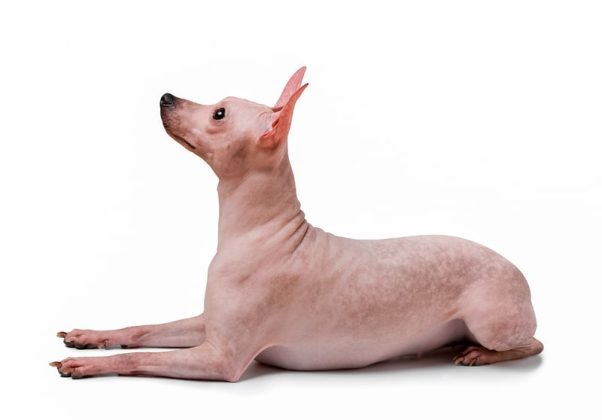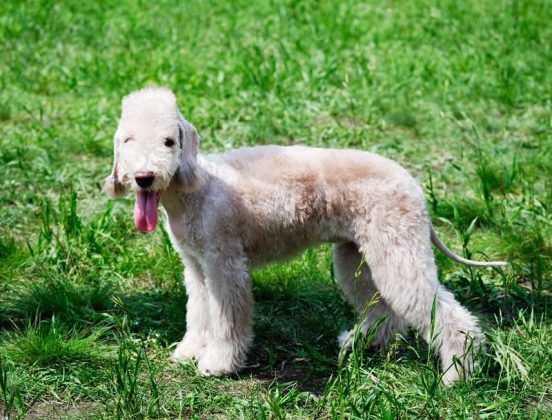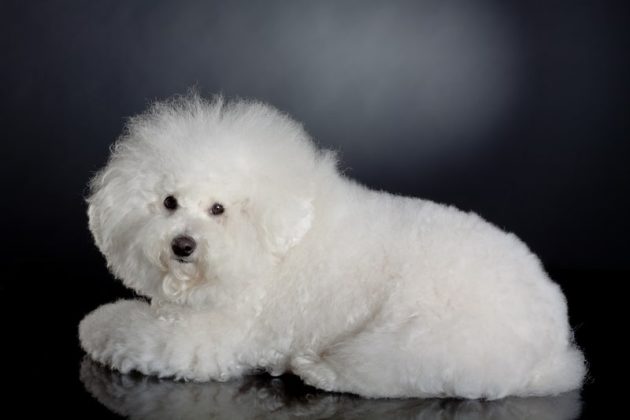Last updated on July 21st, 2023
Dogs have had such an impact on human civilization and culture that we no longer could imagine life without them. Loyal, trustworthy, loving, and protective, dogs have created for themselves a special place in the lives of humans that many of them cohabitate with. Dogs never cease to amaze us and as much as we think we know them well enough, they still find ways to surprise us in pleasant ways.
Fun and interesting facts about dogs
1. Dogs – or the dogs we know today – are descendants of domesticated wolves. The wolves from which modern-day dogs descended from are now extinct.
2. The most likely group of wolves who became domesticated thousands of years ago were likely castaways of their packs. Staying close but not yet in direct contact with humans afforded them easy access to food via leftovers and protection from larger predators.
3. In exchange for having lone wolves lingering in the perimeter of their tribes, humans enjoyed a natural early-warning device of sorts. These wolves would warn humans of any approaching danger through their growls and whines.
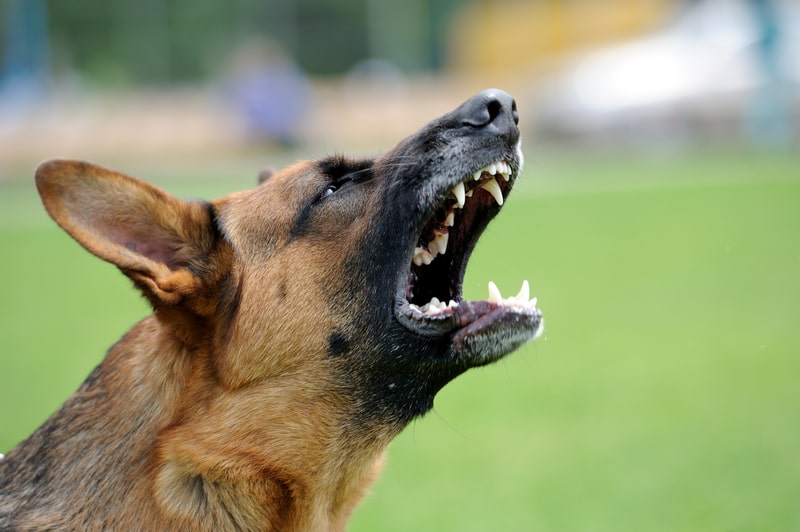
4. While dogs did descend from an extinct group of wolves, their nearest living relative in terms of DNA is the grey wolf. At least one study suggested that the domestication of dogs occurred more than once.
5. Dogs belong to the Canidae family. The term is derived from the Latin term ‘canis’, which means dog. Although they come in various sizes, those that are categorized as canids typically have upright ears and tails, long muzzles, and teeth capable of tearing through flesh and cracking bones.
6. Dogs have a marvelous sense of smell. It is believed to be 100,000 times better than that of humans. It is so good that it is nearly impossible for a trained dog to lose track of unadulterated scent.
Because of their acute olfactory sense, dogs can smell fear. When a person is afraid, he begins to perspire and dogs can smell the change in your scent.
7. Dogs communicate through scent, vocalization, and body posture. This can be observed when dogs meet and start smelling each other’s behinds. The area around the dog’s genitals has the highest concentration of apocrine glands – the glands responsible for secreting hormones that contain chemical information about the dog. This may include the dog’s age, mood, sex, health condition, etc.
8. All dogs are deaf and blind when they are born. They gradually develop their keen sense of hearing as they grow older but start seeing nearby objects by the time they are 14 days old.

9. Because they do not sweat, dogs pant to keep themselves cool. This is why they should not be muzzled tightly on warm days.
10. The pattern on each dog’s nose is unique, just like a person’s fingerprint.
11. Chocolate is toxic for dogs because it contains theobromine. If it builds up in the dog’s system, it becomes toxic because a dog cannot metabolize this compound.
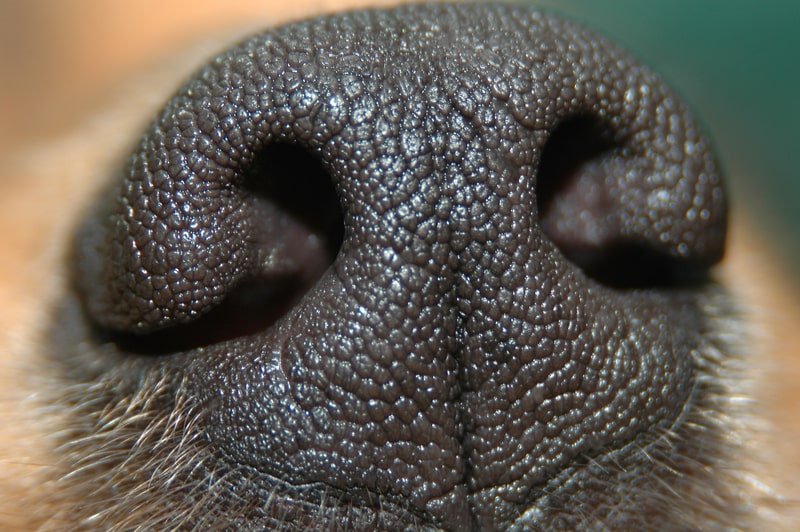
12. Deaf or blind dogs are still capable of hunting because their wonderful noses are capable of sensing heat or thermal radiation.
13. Dogs are not entirely colorblind. They only have two color receptors and these receptors can process colors in the yellow and blue spectrum.
14. Dogs only have 1,700 taste buds while humans have around 9,000. This is why some dogs can wolf down rotting food without gagging.
15. Dogs dream. Their brain activity during sleep is similar to humans, although larger breeds do not dream as much as smaller dogs.

16. Sleeping in a ball-like position is a holdover from the days when dogs had to protect their internal organs from predators.
17. When a dog wags its tail to the right, she is happy. If she wags it to the left, she is frightened, anxious, or unsure. If the wagging tail is low, it means the dog is insecure. If the tail wagging is fast and the dog has dilated pupils and tense muscles, she might be feeling aggressive.
18. The normal body temperature of dogs is slightly higher compared to ours. This is why they are more sensitive to heat. A tolerable temperature for a human is already very uncomfortable for a dog.
19. When meeting a dog for the first time, allow her to approach you first and smell you. Do not offer your hand for her to smell because it can seem scary or intimidating.

20. Dog licks are not always equivalent to human kisses. When a dog licks your face, it may be because your face is too close to theirs and they are uncomfortable. However, many dogs are quite used to human presence and have adapted well.
21. Sometimes dogs eat their own (or other’s) fecal matter. This behavior was born out of their ancestors’ eating habits before dogs were domesticated.
22. Dogs respond to tone more than they do to the words you say. They listen to the pitch and rhythm of your voice. Your dog actually loves the baby-talk. High-pitched, cutesy talk is considered non-aggressive and non-threatening.
23. Dogs do not yawn because they are sleepy. They yawn because they are tired, stressed, or anxious. The yawning is a way for your dog to calm himself.

24. Dogs do not specifically hate cats. It is just their instinct to run after prey-like creatures – that is, small and in a hurry to get away.
25. Dogs do not always love a hug. Some dogs get used to it but others don’t. Being enveloped in someone’s arms can be uncomfortable and stressful for some dogs.
26. Dogs do not actually hate mailmen. They are just simply being protective of their territory, so it’s nothing personal.
27. If your dog’s breath smells like… well, dog breath, it may be because he has dental disease or some other type of health problem.

28. The Labrador Retriever has consistently been a favorite among humans. It has remained on the American Kennel Club‘s Top 10 popular breeds for 31 years.
29. Your dog does miss you. Dogs can sense how long you have been gone. They learn through habits and routines you have. This is why they react differently when you have been gone just a few minutes compared to when you have been away for a day or two.
30. Dogs’ whiskers are like their night vision goggles. Your doggie’s whiskers are sensitive, so don’t pull at them. She also needs her whiskers when there is little or no light. Her whiskers can sense even the smallest changes in the air, allowing her to sense her surrounding better, even in the dark. This is why she can react to something she hears or senses with the lights off.
31. Dogs can recognize a language. In a study involving dogs exposed to two different languages, researchers were able to conclude that dogs can tell one language from another.
32. The first seeing-eye dogs were trained during the 1750s in Paris, France. The first training manual for guide dogs was published in Vienna by Johann Wilhelm Klein in 1819.
33. Selective breeding created many of the dog breeds that we have today. People simply chose certain dogs for specific characteristics and bred them. About 9,500 years ago, for example, dogs were bred to become sled dogs. These dogs now include the modern-day malamute and husky.

34. The Basenji is a barkless dog but not exactly non-vocal. They yodel.
35. Dogs go into heat twice each year.
36. According to scientists who studied dog behavior, dogs can and do laugh. They do so through vocalization (by play-panting) and by wagging their tails.
37. According to a study, dogs do their business by aligning themselves to the Earth’s magnetic field, positioning themselves in a north-south axis. It is unclear why they do so.
38. After doing their business, dogs kick backwards but not to cover their feces. It’s to leave their scent behind through the glands found under their feet.
39. The U.S. has the most number of pet dogs in the world – over 75 million.
40. Dogs are everywhere, except Antarctica. Although sled dogs were employed in Antarctica, they have since been banned through the Environmental Protocol which called for the conservation of plants and animals native to the continent. The Protocol required that non-native species be removed by spring of 1994 and this ban has remained ever since.
41. All dogs shed, bar none. There are, however, breeds that do not shed as much as others, such as the Basenji, Maltese, Afghan Hound, American Hairless Terrier, Bedlington Terrier, and the Bichon Frise, to name a few.
42. Vets do not recommend shaving dogs, including double-coated breeds such as huskies. Their fur protects them from bug bites and sunburn and actually serve as insulation to keep them cool during hot weather and warm during cold weather. Brushing their coat will help improve air circulation and keep them cool.
43. Over time, a dog’s coat will change color. A white puppy, for example, may turn tan or develop darker markings. As a dog gets older, his coat will turn gray. The white hairs usually appear first around the muzzle.
44. Dogs can get jealous. According to a study done at the University of California in San Diego, your dog may not appreciate you showing affection for other creatures, other dogs included.
45. Greyhounds can outrun a cheetah in a long-distance race. Cheetahs are faster initially but they are sprint runners, unlike Greyhounds who can go the distance.
46. The largest dog ever recorded was Zorba, a Mastiff. He was about as big as a small donkey and weighed 343 pounds. From nose to tail, he conquered the tape at more than 8 feet in length.

47. The smallest dog to ever make it to the Guinness Book of Records was a Chihuahua named Milly. She weighed just one pound and stood at 3.8 inches high.
48. The oldest dog to ever live (at least on record) was a doggo named Bluey. He was an Australian cattle dog who lived to a ripe old age of 29 years and 5 months.
49. The use of dogs in law enforcement has a long history. In 1888, Bloodhounds were used to hunt down Jack the Ripper. Formal training for dogs to do police work began in 1899 in Belgium.
50. Police dogs began to be used in law enforcement in the U.S. in the 1970s. Today, canine officers are a common sight in many countries around the world and many police dogs even have their very own badges.
51. Never leave evidence for a Bloodhound to find. They are known for having an accurate sense of smell and any results from a Bloodhound’s tracking activity can be admitted as evidence in court.

52. In 1921, a dog was actually put on trial. His name was Dormie and he was an Airedale whose crime was allegedly killing 14 cats. A witness was even called to choose the canine perpetrator in a roundup. The verdict? A hung jury with 11 opting to acquit the dog and 1 choosing to send him to the gas chamber set Dormie free.
53. In 1924, another dog was put on trial for killing a cat belonging to the governor of Pennsylvania’s wife. His name was Pep, a black Labrador who was sentenced to life imprisonment after being found guilty. He actually had a mugshot taken, with his inmate number (C 2559) hanging from his neck.
54. Was Pep guilty? No, he was framed. This dog’s crime was developing a chewing problem, destroying sofas and furniture in the process. As a solution, he was transferred to Eastern Penitentiary where he became a therapy dog who was much loved by the inmates. His remains are buried within prison grounds.
55. There were three dogs who survived the Titanic when it sank in 1912. All of them were First Class passengers.
You may like: 103 Interesting facts about cats
56. In 2018, a preserved mummified dog was found buried in permafrost in Siberia. The dog is estimated to be about two months old, thanks to its intact puppy teeth. He is estimated to be about 18,000 years old. He was named “Dogor”, which means friend in Yakut.
57. The town of Idyllwild in California‘s incumbent dog mayor named Maximus Mighty-Dog Mueller II or Max II. His predecessor was Mayor Max who passed away in 2013.
58. In Russia, stray dogs learned to use the subway system. They have been known to ride a train and get off at specific stops. It is likely that they use their amazing sense of smell to identify where they are.
59. Dogs have the smarts of a two-year-old, which is why no matter how old your dog gets, he will remain young at heart.
60. Seeing eye dogs are trained to eliminate on command. This makes it easier for their humans to clean up when needed. On command, the dog will find a suitable place and does his business. His human, on the other hand, extends the leash to give the dog more space. He then feels down the dog’s back to determine the exact spot so it can be picked up.

61. The oldest domesticated dog breed in the world is the Saluki.
62. Dogs that have undergone neutering or spaying are healthier and live longer. The absence of a heat cycle eliminates changes in the dog’s behavior, so they have a more even temperament. The risks of developing various health issues such as cancer and uterine infections are also significantly reduced.
63. Do dogs feel guilt? According to researchers, dogs display signs of stress and fear when scolded, regardless of whether or not they did something wrong. A dog who has learned what his human considers right or wrong will display what we see as a guilty look or body language if reprimanded.
64. There is a mystery regarding the term “dog”. About 700 years ago, the term used was “hound”. Although “dog” was used as well, it referred exclusively to a sub-group of hounds, including the mastiff. It is theorized that as sub-groups continued to increase in numbers, the term itself came to more popular use.
65. According to some historians, early man’s domestication of dogs is one of the major reasons that took humans from the food chain and made us a dominant specie.
66. The advent of agriculture created working dogs. Since humans were raising livestock and produce, dogs were trained to guard, herd, and protect products of value. Humans began to breed specific dogs that had certain characteristics that were ideal for performing certain jobs, including tracking, hunting, and herding.

67. The Agricultural Revolution helped humans settle down in one area and develop it, giving birth to the earliest cities. As the population increased within a largely limited area of land, people began putting leashes on dogs to control their movements. The earliest dog leashes were invented by the Mesopotamians around 3300 B.C.
68. Because dogs traveled with humans, major shifts in the DNA of dogs from the East and dogs from the West occurred. Over time, the dogs from the East simply increased in population far more successfully than dogs from the West. Today, about 90% of modern dogs can trace their DNA to ancient Eastern dogs.
69. The ancient Mesopotamians revered dogs, regarding them not only as protectors but also as healers. They were also depicted as companions of gods and goddesses, such as Gula and Inanna.
70. Because of their association with the goddess of healing, Gula, dogs were often invoked using amulets, statuettes, and figurines. Ancient peoples often asked them for protection from threats, whether real or imagined. Over time, the representation of the goddess became that of a seated dog wearing a collar.
71. Dogs were and are a favorite topic in literature. Aesop’s fables included the dog but 3,000 years before that, dogs were already stars of stories in Sumer. These titles included “The Show Dog” and “Why the Dog is Subservient to Man”.
72. Dogs were always considered protectors of humans. Early humans, however, considered them protectors of children in the afterlife. They believed that dogs kept the souls of children company as they transitioned from the land of the living to that of the dead.
73. Bear is a hero dog. In 2019, a terrible bush fire hit Queensland and New South Wales. Many animals, including koalas were hurt and became lost. A dog named Bear helped find and rescue koalas who lived in the affected areas. He was able to rescue about 100 koalas.
74. There are rescue dogs and there’s Baekgu. In Korea, Baekgu became an honorary rescue dog (the first in the country) after helping find an elderly woman who had gone missing. The lady had a problem with memory and went out walking early in the morning, with her dog Baekgu by her side. She became lost and collapsed in the field. Baekgu never left her side, even lying on top of her to keep her warm when it rained. Rescuers sent out a drone that had a thermal camera and it detected heat from Baekgu’s body, which helped locate him and his hooman. In celebration, Baekgu was given a party, with cake, flowers, and a new house.
. . . continue reading facts about dogs on the next page


